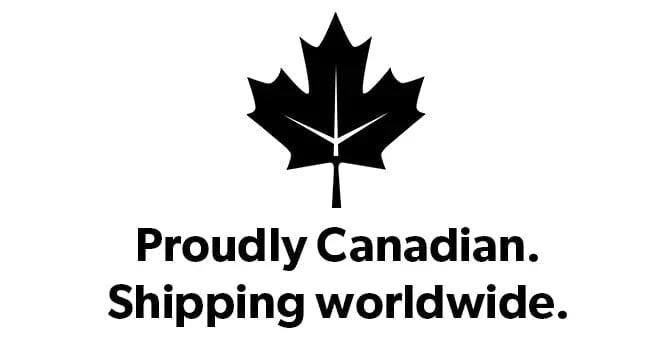
Bauer Prodigy 2.0 Youth Goalie Pants
Free Shipping Over $200

Fast Easy Returns

Best Price Promise
Unlike most other youth sized pant models, the Bauer Prodigy 2.0 has been designed specifically for young goaltenders rather than scaling down a senior model. The 2.0 includes an exterior padded abdominal flap and added kidney and groin protection to fully guard inexperienced beginner goaltenders. Despite the additional padding, the pant still allows for a full range of movements that will enable the goalie to develop their skating and movement.
Unlike most other youth sized pant models, the Bauer Prodigy 2.0 has been designed specifically for young goaltenders rather than scaling down a senior model. The 2.0 includes an exterior padded abdominal flap and added kidney and groin protection to fully guard inexperienced beginner goaltenders. Despite the additional padding, the pant still allows for a full range of movements that will enable the goalie to develop their skating and movement.
| Bauer Youth Goal Pant Sizing Chart | ||
|---|---|---|
| Goal Pant Size | Waist Size | |
| Small / Medium | 20” – 22” | 51 – 56 cm |
| Large / Extra Large | 22” – 24” | 56 – 61 cm |
Goalie Pants Sizing
Goalie pants offer substantially more protection than their player counterparts: the hips are reinforced with high-density foam instead of a thin layer of nylon/elastic, the thighs of a goal pant are usually squared off for coverage purposes and made with thick plastic and foam while the waist is also beefed up to protect vital organs. Lastly, the way the two pants move is even different: player pants are designed to move back and forth while goal pants are more effective for lateral movements.
Properly sized goal pants are the difference between having your chest protector ride up and seamless integration for unrestricted movement. After all, they do connect the biggest pieces of gear a goaltender wears—their chest/arm and leg pads.
The first step is to approximate the size using the sizing charts listed on any individual goal pant’s product page on our website. Usually this is accomplished by matching a waist to a given size. Sometimes companies (ex. Vaughn) will list an oversized waist; you can match your size by adding 8” – 10” to your measured size to effectively use the chart. Matching up waist sizes exactly isn’t always necessary. It is very common for goalies to wear pants that are wider to increase net coverage, mobility and comfort.
Unlike player pants, the goalie version isn’t necessarily always worn directly on the waist. It is very common for goaltenders to wear their pants high on the waist (oversized) with suspenders, or so low and loose (undersized) that the leg pads are the only things holding them in place. After deciding which one feels more comfortable for your playing style, it is important that the pant is sized such that they terminate above the kneecap—leaving ample room for the knee wing of the leg pad to rest on the inside edge of the knee.
Another thing to consider is if the goalie wears his/her chest protector tucked into the pant or outside. If you’re the former, a pant with an internal belt, non-tapered waist and bigger size is going to accommodate the extra bulk from the chest/arm. On the other hand, if you’re wearing the chest protector on the outside, a tapered waist is going to reduce interference and improve feel.
Lastly, it is crucial to ensure that the pant works well with additional knee protection and the leg pads as well. We recommend trying everything on at once to make sure there is limited interference and that there is enough space in the thigh cradle (inside the pant’s leg) for knee protection to reside without overly restricting movement.






